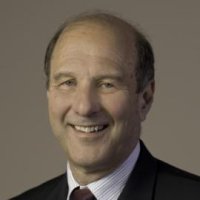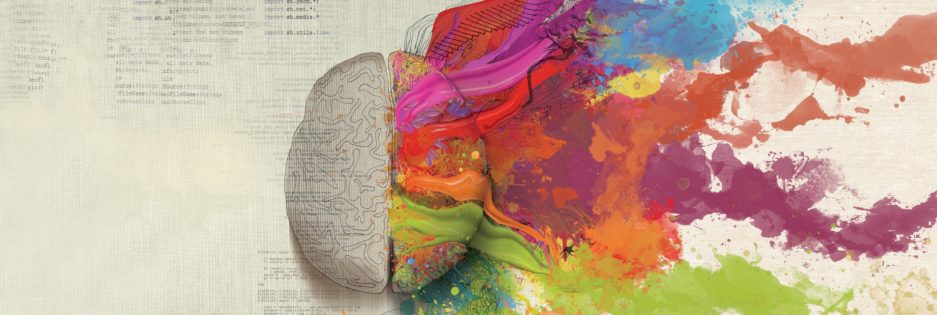In this column, I ask neuroscience professors from around the world the same five questions. Read on to learn more about their research, careers and goals for neuroscience in the future.

Interview with David Spiegel, M.D.
Dr. David Spiegel is Willson Professor and Associate Chair of Psychiatry & Behavioral Sciences, and Director of the Center on Stress and Health and the Center for Integrative Medicine at Stanford University School of Medicine. He has published thirteen books, 404 scientific journal articles, and 170 book chapters on hypnosis, psychosocial oncology, stress physiology, trauma, and psychotherapy for stress, anxiety, and depression. His research has been supported by the National Institute of Mental Health, the National Cancer Institute, the National Institute on Aging, the National Center for Complementary and Integrative Health, and a number of foundations. He was a member of the work groups on stressor and trauma-related disorders for the DSM-IV and DSM-5. He is Past President of the American College of Psychiatrists and the Society for Clinical and Experimental Hypnosis, and is a Member of the National Academy of Medicine. He spoke at the World Economic Forum in Davos in January, 2018.
1. What inspired you to pursue neuroscience as a career?
I started out as a philosophy major in college, wanting to understand what was fundamental about how we thought and what we felt. I was then increasingly drawn to the mind/brain interface – the unraveling mystery of how we emerge as people from the activity of the brain. As psychiatry advanced, we learned more about ways to augment and inhibit activity in specific brain regions that could ameliorate disorders such as depression, anxiety, and psychosis.
2. What do you think is the most important goal of neuroscience research?
Enhancing our ability to understand and therefore treat mental conditions ranging from stress to anxiety to mood disorders to psychosis. It allows us to make science of the complexities of the mind and develop more effective new treatments, e.g. transcranial magnetic stimulation.
3. What are the main topics and goals of your research?
I became interested in altered states of mind, including hypnosis, and determined to understand how the brain basis of it. We are now learning how to employ it to treat pain, stress, habits, dissociation, and PTSD. We are also studying how to enhance the ability to use self-hypnosis using transcranial magnetic stimulation.
4. What accomplishment do you think is the most important out of your own research?
We used functional magnetic resonance imaging to show what happens in the brain when people are in a state of hypnosis – they turn down activity in regions of the brain that worry about competing tasks and perceptions, connect regions that act on the body, and disconnect from parts of the brain that are preoccupied with evaluating the self. We are learning how to better use our brains as a treatment tool.
5. What do you hope to accomplish in the next 10 years in the field of neuroscience?
Learn how to enhance our ability to manage emotions, think more clearly, and concentrate better.
Bonus question: What is your advice to a teenager who wants to learn more about neuroscience?
Read about neuroscience research and results, find a way to get involved in a research program – volunteer or get a job. Take courses online or at school that explore neuroscience – brain imaging, other research methods, brain basis of special activities involving changes in mental states, changes of consciousness, exceptional activities and learning. Challenge and follow your interests and let your curiosity lead you.
